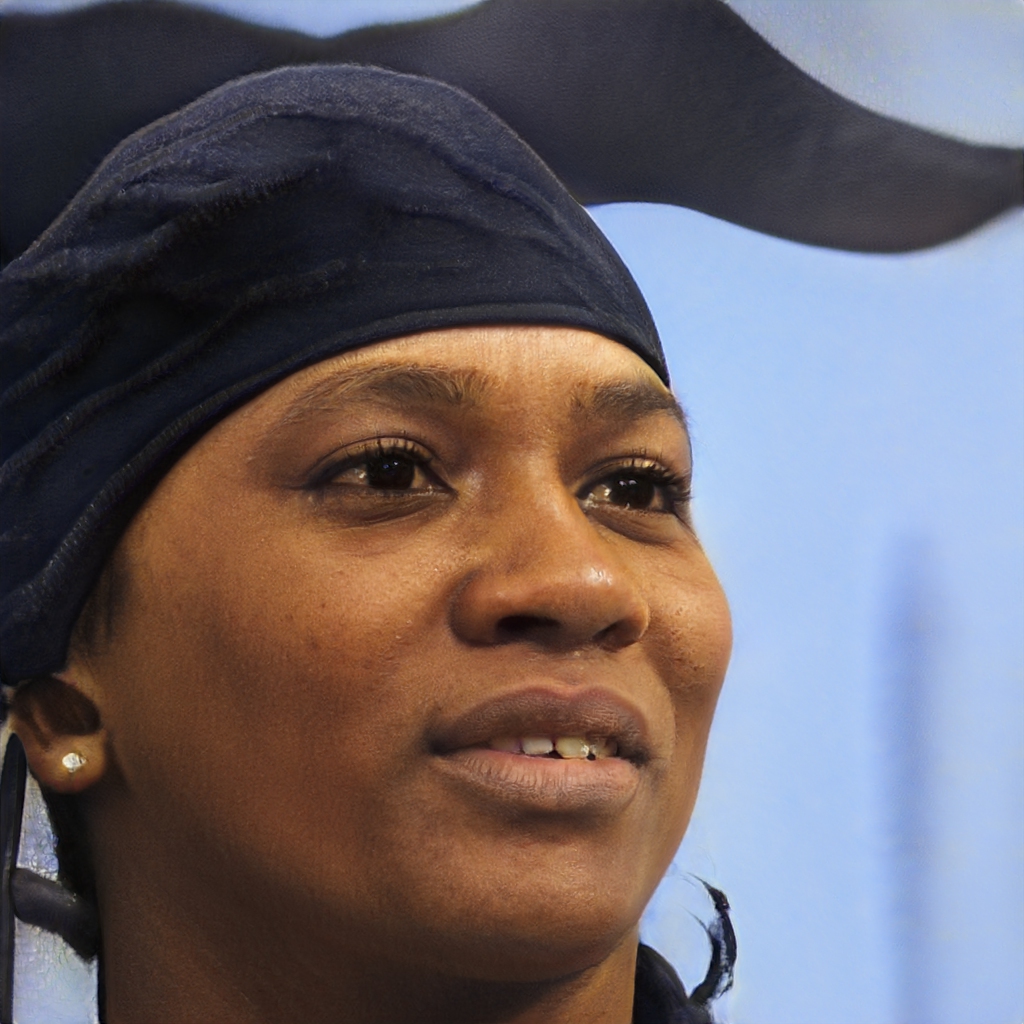You may have heard of plans to use drones to deliver packages and monitor wildlife or storms. But what about painting?
The idea behind the Dot drone originated in Paul Kry's lab at McGill University's School of Computer Science. The professor and some of his students joined forces to program small drones to create dot drawings, an artistic technique known as pointillism, which was very much in vogue in France in the late 1800s.
This is not just an exhibition, Professor Kry is keen to point out. Fine-tuning aerial robots, refilling them with ink precisely and efficiently, requires complex algorithms to plan flight paths and correct any positioning errors. Even very slight air currents can, in fact, throw these featherweight drones off course. The drones - so small they fit in the palm of your hand - are equipped with a miniature arm with an ink-soaked sponge tip. When the drones fly in front of the surface to be painted, internal sensors and a motion capture - movement tracking - system help them position themselves in the right places to use the ink.
Specializing in portraits
It's still an experimental technology with great room for improvement, but so far Professor Kry's team has managed to execute portraits of Alan Turing, Grace Kelly and Che Guevara, to name the best-known figures. Each drawing is made from a few hundred to a few thousand black dots of varying sizes.
Night flights
Professor Kry had this idea a few years ago to make the empty hallways and stairways leading to his lab more pleasant. "I thought it would be cool," Kry recalls, "to have drones that could paint portraits of famous computer scientists on the walls." So he bought a pair of tiny quadcopters online and gave the task of developing this summer project to a student in 2014 by taking advantage of an award offered by the Canadian government for undergraduate research. Two other students then took the reins of the project, working at night and into the early hours of the morning so that the artistic efforts of the drones would not be disturbed by the air turbulence created by other colleagues coming in and out of the lab .
Ambitious project
The design of this "artistic streak" drones, as mentioned, is still in its infancy, but Professor Kry has the "long view" and sees other scenarios that they are, of course, working on. They will, sooner or later, use larger drones to paint murals on hard-to-reach outdoor surfaces, including curved or uneven facades.
The video in the opening is from YouTube
Some of the videos in this section were taken from the internet, thus rated in the public domain. If the subjects present in these videos or the authors have something against the publication, just make a request for removal by sending an email to: [email protected]. We will provide to the cancellation of the video in the shortest time possible.
